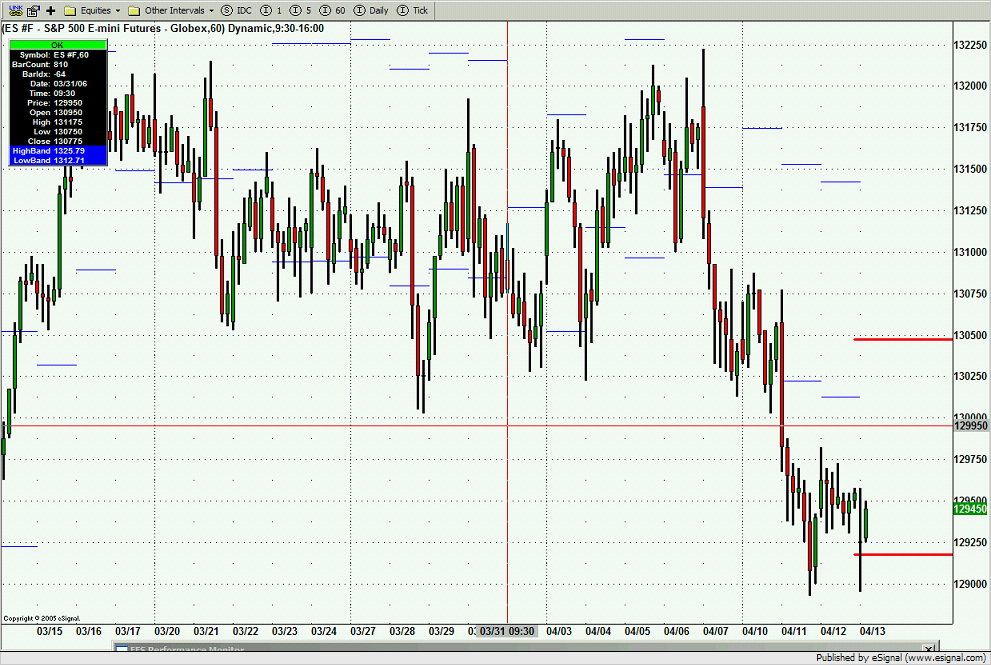I have an efs where a background color change occurs in an intraday chart when the close(0) is near yesterdays high +/- a value delta. In the efs, under function main() is
This is so the delta is proportional if used in a chart of the $SOX ~ 525 or a chart of QLGC ~ 20.
My question is: will the value of delta be calculated at every tick, even though it is a constant all day? If so, is there a way to calculate this once only, and is it remembered the rest of the day?
Thanks
shaeffer
PHP Code:
var delta = open(0)*.005;
My question is: will the value of delta be calculated at every tick, even though it is a constant all day? If so, is there a way to calculate this once only, and is it remembered the rest of the day?
Thanks
shaeffer

Comment